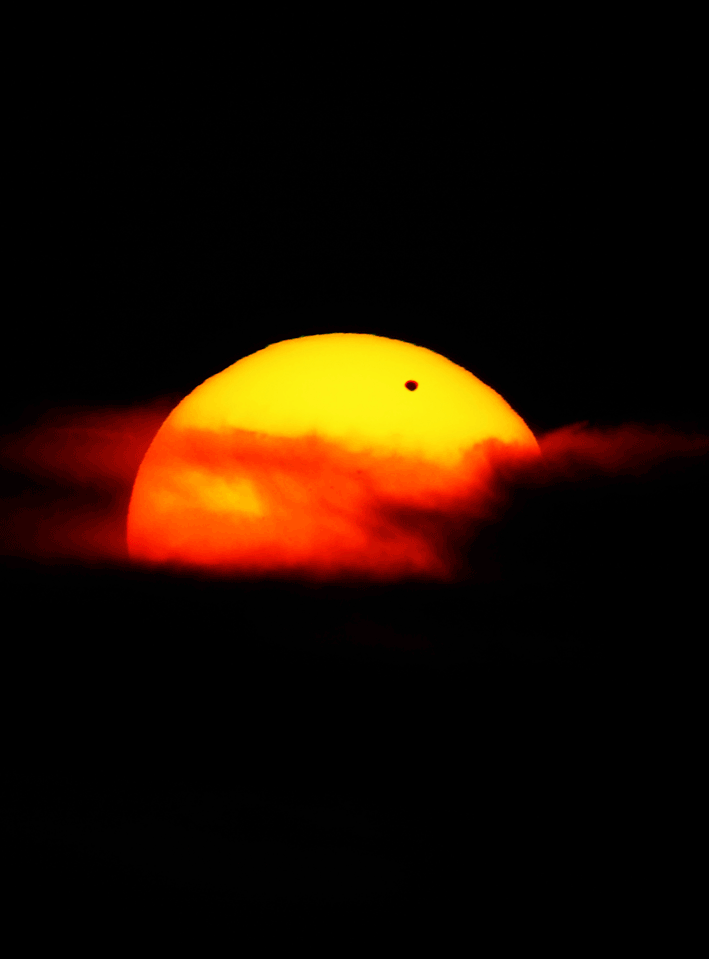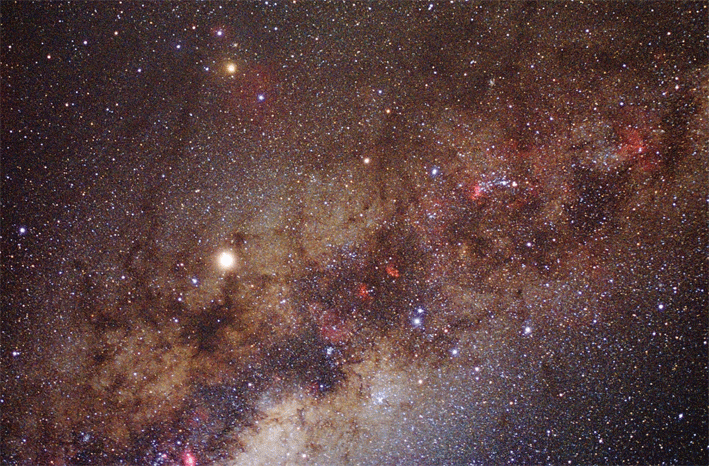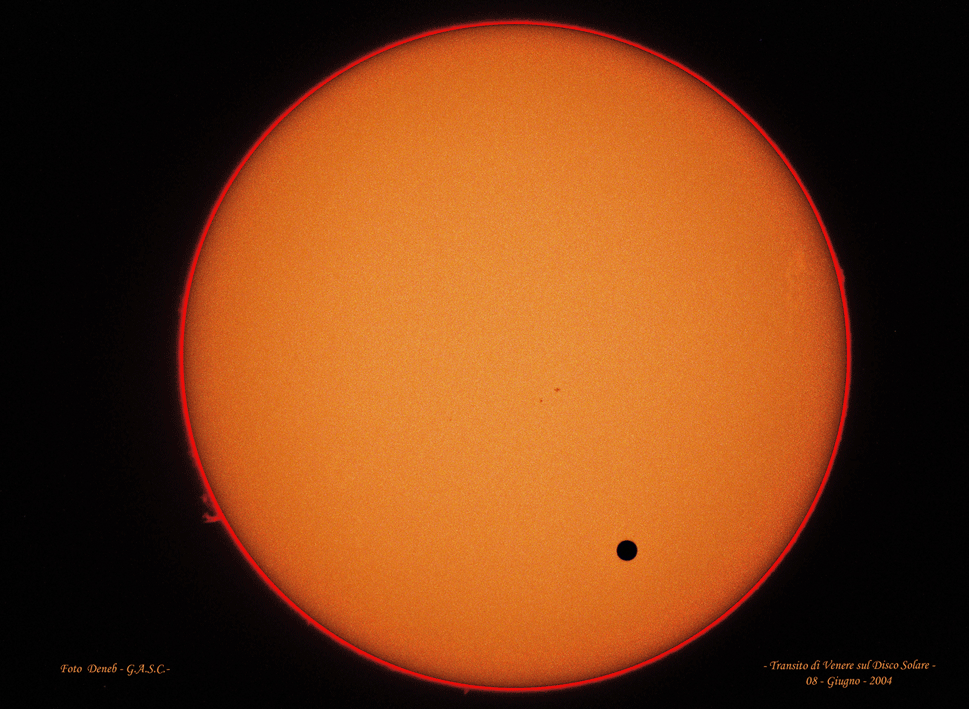A self-driving car on public sidewalks
Wednesday, 11 February 2015
Transport Systems Catapult, a British innovation agency, unveiled an electric self-driving vehicle that will begin transporting people around Milton Keynes, a town 50 miles outside London. The car has a top speed of 15 mph and will drive on sidewalks instead of roads. It’s expected to be used to ferry visitors from the train station
- Published in Blog
No Comments
The sky of July
Wednesday, 04 July 2012
THE PLANETS MERCURY: from day 1 just after sunset until mid-month. VENUS: visible in the morning just before dawn in the constellation Taurus, with Aldebaran and Jupiter it forms a trio for the duration of the month. MARS: visible in the first hour after sunset among the stars of Virgo, during the month approaching the
- Published in Blog
Bye bye Venus
Wednesday, 06 June 2012
Seven telescopes pointed on our star has allowed us to admire one of the most fascinating and rare that nature offers, the transit of Venus across the Sun. So rare an event that has occurred in the nineteenth century and never occurred in the twentieth, which will repeat again in 2117. We’ll not see it
- Published in Blog
The sky of June
Wednesday, 23 May 2012
THE PLANETS MERCURY: for the entire month it is observable at sunset, it will show itself in the best conditions from June 10, the date whereby the planet sets at 1h and 10 m after the Sun. In just 30 days the planet transits in three constellations: at the beginning of the month it is
- Published in Blog
June 6, 2012: Venus, epochal transit
Monday, 14 May 2012
On June 8, 2004, Venus crossed the solar disc, in its first transit in faraway from 1882. The transits of this planet happens in pairs, from eight years of distance one from the other: the next to will be occur on 6 june 2012. In the past these transits had helped some scientist for understand
- Published in Blog
The sky of May
Wednesday, 25 April 2012
THE PLANETS MERCURY: visible very low on the horizon at dawn, up to day 14, then becomes invisible in conjunction with the sun. VENUS: still present as the most visible star of the evening sky, on day 15 it is stationary, the visibility decreases rapidly and at the end of the month sets only 35
- Published in Blog
The sky of April
Wednesday, 28 March 2012
THE PLANETS MERCURY: is observable between the crack of dawn in the early days of the month; on the 18th it reaches its maximum distance from the Sun and it is the best time to be viewed. VENUS: is the star that dominates the evening sky; its proximity to Jupiter and the Pleiades cluster is
- Published in Blog
A new supernova
Wednesday, 28 March 2012
Discovery of a supernova in the galaxy M95, currently close to the planet Mars. It is presently touching magnitude 13 but in the coming days it is expected to increase its brightness, and this promises to be one of the brightest supernova of our skies in recent years due to the fact that M95 is
- Published in Blog
The February sky
Wednesday, 15 February 2012
This month begins the saga for the Mars and Saturn observation, respectively on March 3rd and April 20th. You can successfully observe and photograph them both in the second part of the night. You should observe and take pictures of Jupiter just after Sunset. Uranus and Neptune are virtually undetectable due to the conjunction with
- Published in Blog
I misteri dell’Universo: l’energia oscura
Wednesday, 16 November 2011
Di cosa è fatto l’Universo? Come evolve e quale sarà il suo destino finale? Da poco più di un decennio ci troviamo in un periodo di radicale svolta nella cosmologia: oggi sappiamo che la parte dominante dell’Universo è invisibile e consiste per il 95% di materia oscura ed energia oscura; perciò, le splendide vastità cosmiche
- Published in Blog
- 1
- 2
 English
English  Italiano
Italiano 










